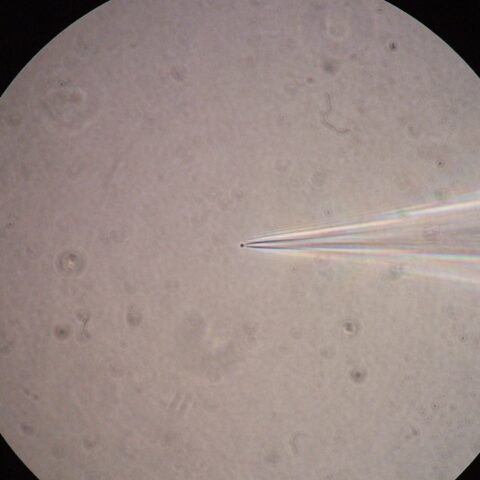
Location: BBC Lab – PolySenSe Lab, Dipartimento Interateneo di Fisica, Politecnico di Bari
Lab head: Prof. Angelo Sampaolo
Contact: angelo.sampaolo@poliba.it
Lab Team

Angelo Sampaolo
Lab Head Associate Professor

Vincenzo Spagnolo
Full Professor

Pietro Patimisco
Associate Professor

Marilena Giglio
Assistant Professor

Arianna Elefante
Researcher

Andrea Zifarelli
Assistant Professor

Nicoletta Ardito
PhD Student
Lab Mission
The Breath Biomarkers Chemical identification Laboratory was established in 2022 as part of the EU-funded BRIEF project.
The lab focuses on the analysis of the chemical composition of breath samples. The comparison between samples from healthy people and people suffering from pathologies like colorectal and lung cancers or liver, respiratory or kidney diseases aims at identifying the main biomarkers linked to the investigated disease.
Breath and ambient air samples are collected on two adsorbent cartridges allowing both the assessment of the volatile organic compounds (VOCs) contained in a patient’s breath and the characterization of the ambient air in which the sampling takes place, to determine how much the environment may have influenced the patient’s exhaled breath.
The stored compounds are desorbed using a thermal desorber and the gas samples are sent through a transfer line to a Gas Chromatograph – Mass spectrometer (GC – MS). Chromatography allows molecules separation and elution at different times, while mass spectrometry breaks down molecules into ions, further measured based on the mass to charge ratio (m/z). The obtained MS spectrum allows the identification of both target molecules and unknowns.
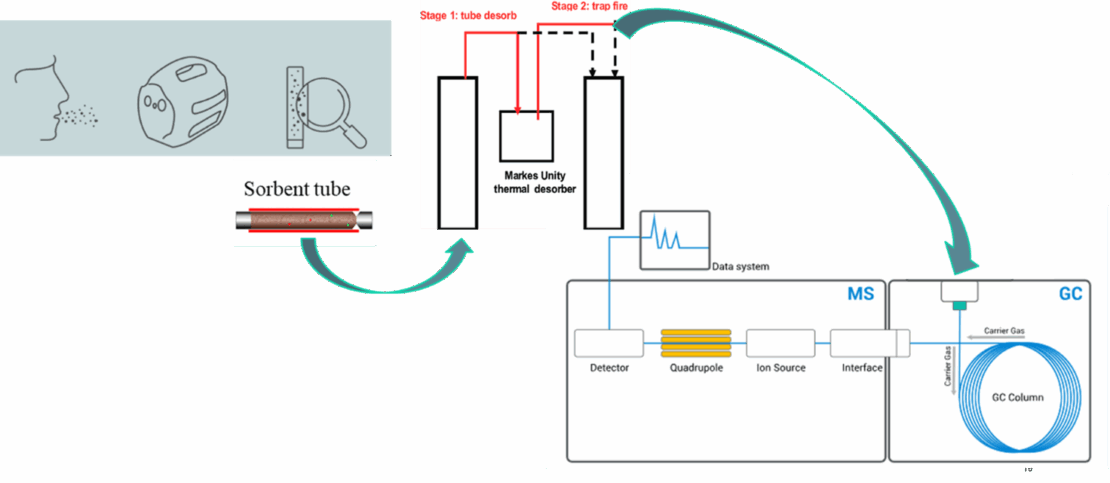
The core objective of BBC Lab is to deepen the understanding of the composition of human breath and of how it varies in people suffering from pathologies like colorectal and lung cancers or liver, respiratory or kidney diseases, through the gold standard technology. With this aim, samples of healthy volunteers and patients are collected and analyzed. The aim of BBC lab is thus to create a database of biomarkers. Such a list of molecules would allow mass screening campaigns to facilitate early diagnosis and improve people’s lives. The BBC lab is also defined by its strong international collaboration network, as demonstrated by multiple joint publications and projects with renowned institutions including: Rice University, Shanxi University, Vrije Universiteit Amsterdam, Warsaw Institute of Technology, Technische Universität Wien, Nanyang Technological University, Munster Technological University, The Chinese University of Hong Kong, CNR-INO, CNR-IFN, CNR-NEST, Technical University of Munich, Jinan University, Shanghai Institute of Technical Physics, Harbin Institute of Technology, Università di Torino, University of Montpellier.
Devices
The major laboratory equipment consists of:
• Sorbent Tubes (cartridges): tubes with an internal coating capable of adsorbing the molecules composing breath.
• Tube conditioner: removes volatile organic compounds and excess water trapped during sampling, preventing it from interfering with the sample analysis.
• Breath sampler: allows the collection of gaseous samples on two adsorbent cartridges: one stores the VOCs contained in the ambient air where sampling takes place, the other stores the compounds contained in the alveolar tract of the patient’s breath.
• Thermal desorber: enables high-productivity thermal desorption analysis of trace-level volatile and semi-volatile organic compounds with GC or GC–MS.
• Gas chromatographer (GC): Chromatography is based on a partition process that takes place between stationary and mobile phase for the different chemical species: compounds with poor affinity towards the stationary phase are keener on traveling with the mobile phase and will be poorly retained, while a stronger affinity means more propension to partition in the stationary phase, thus longer elution times
• Mass spectrometer (MS): the source emits a high-energy ion beam that collides with molecules, which break down into ions. Ions are then separated and measured as mass/charge (m/z) under vacuum conditions. The MS spectrum profile of the generated ions is characteristic of the chemical structure and allows identification of VOCs
• Chemistry hood for liquid and gaseous standards preparation for GC-MS calibration purposes
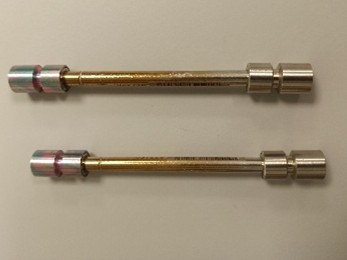
C2-AXXX-5149 Markes Bio-monitoring
Sorbent Tubes made of stainless steel tubes with Tenax TA – Carbograph 5TD as sorbent material
Data sheet: download
Note:
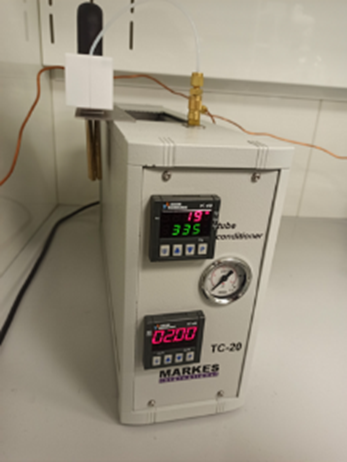
TC-20 Markes
Thermal tube conditioner can be performed at temperature up to 335°C with a nitrogen flow of 100 sccm. It allows conditioning up to 20 sorbent tubes simultaneously. It contains charcoal filters, which trap volatile organic compounds that have been removed from the sorbent tubes in a conditioning cycle. The use of a filter is essential to prevent contamination of laboratory air.
Data sheet: download
Note:
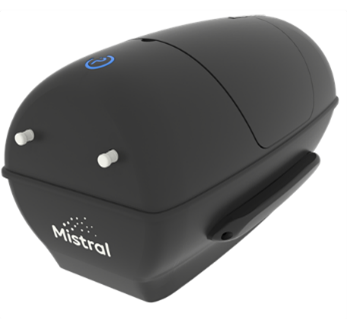
Mistral sampler
Breath sampler: allows the collection of gaseous samples on two adsorbent cartridges: one stores the VOCs contained in the ambient air where sampling takes place, the other stores the compounds contained in the alveolar tract of the patient’s breath.
Data sheet: download
Note:
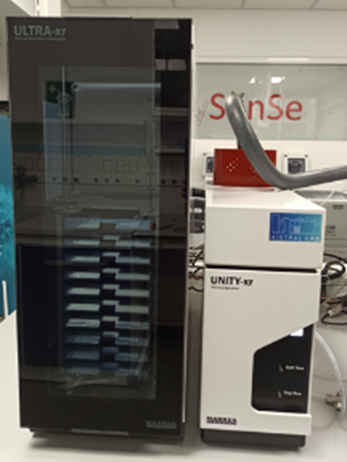
Markes ULTRA-UNITY-xr
Automated thermal desorption system for the rapid and unattended processing of up to 100 sorbent tubes in a single sequence. It is compatible with analysis of VOCs from C3 to C44, including reactive and thermally labile species. The split versatility (true-splitless to 125,000:1) enables both high-concentration and trace-level samples to be analysed.
Data sheet: download
Note:
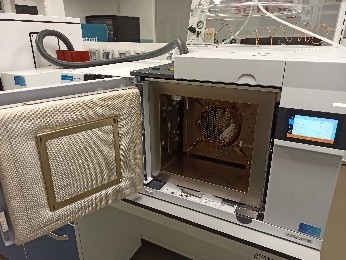
Agilent 8860
Gas chromatographer. GC Type: Capillary column made of fused silica, 60 m long with an internal diameter of 0.25 mm, covered with a 1.5 μm-thick film of VOCOL®. Max temperature: 250°C.
Data sheet: download
Note:

Agilent 5977C
Mass spectrometer. Ion source: Electron Ionization. Single quadrupole Detector: Electron multiplier.
Data sheet: download
Note:



